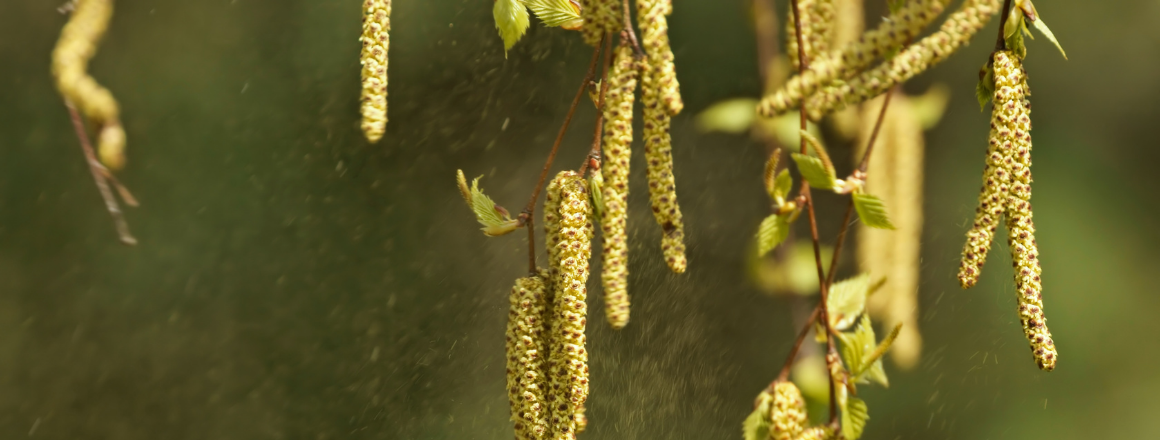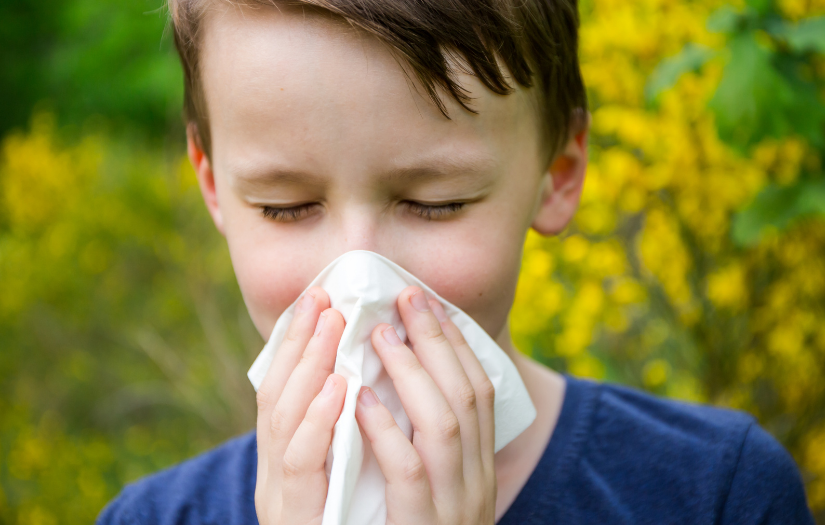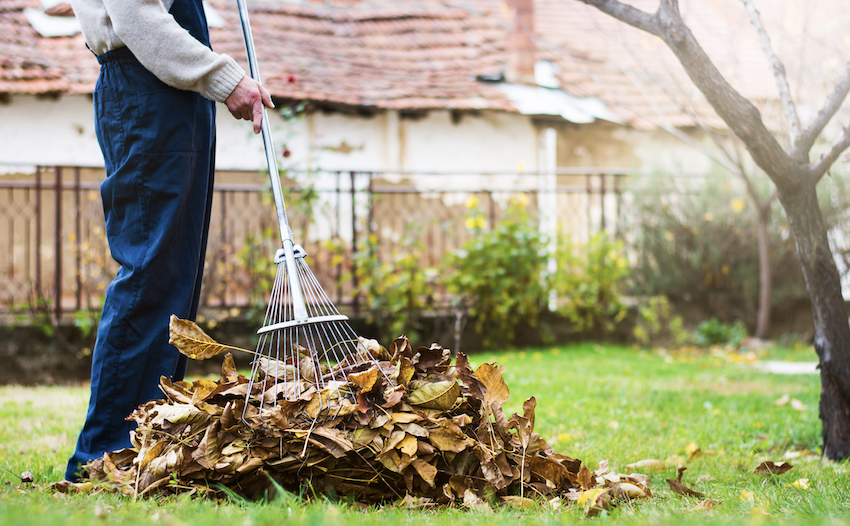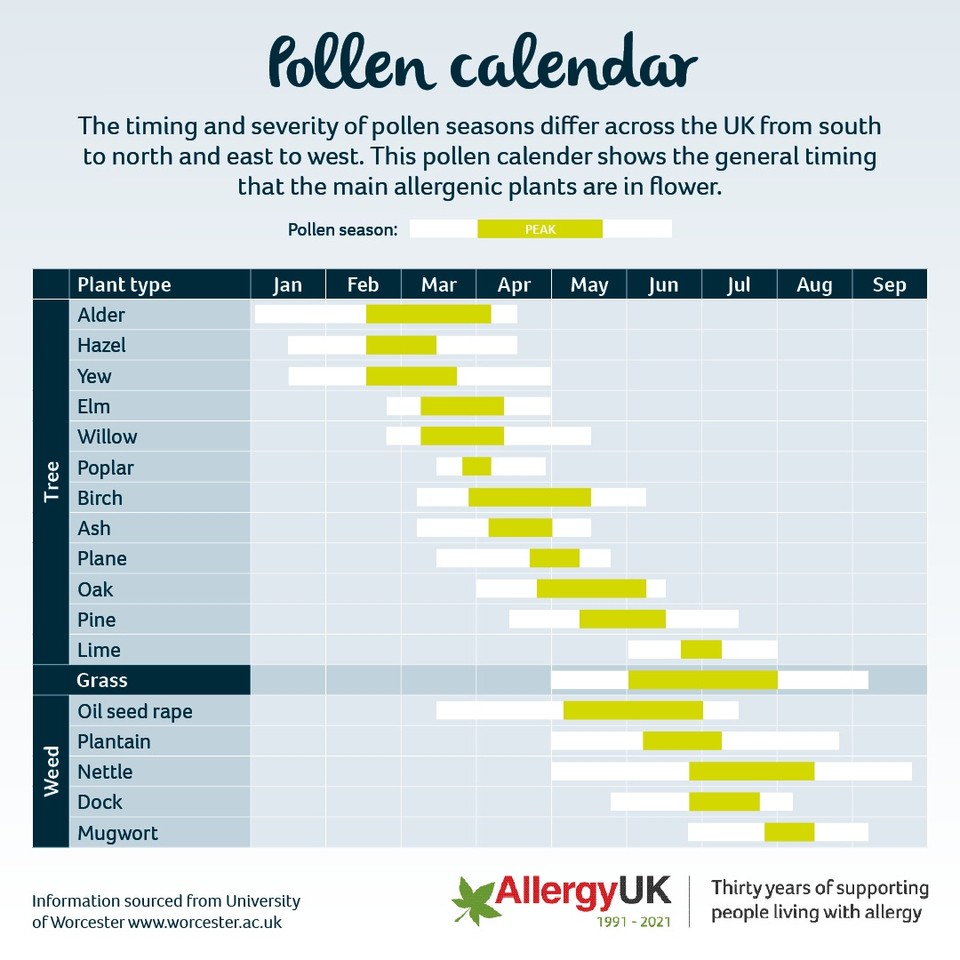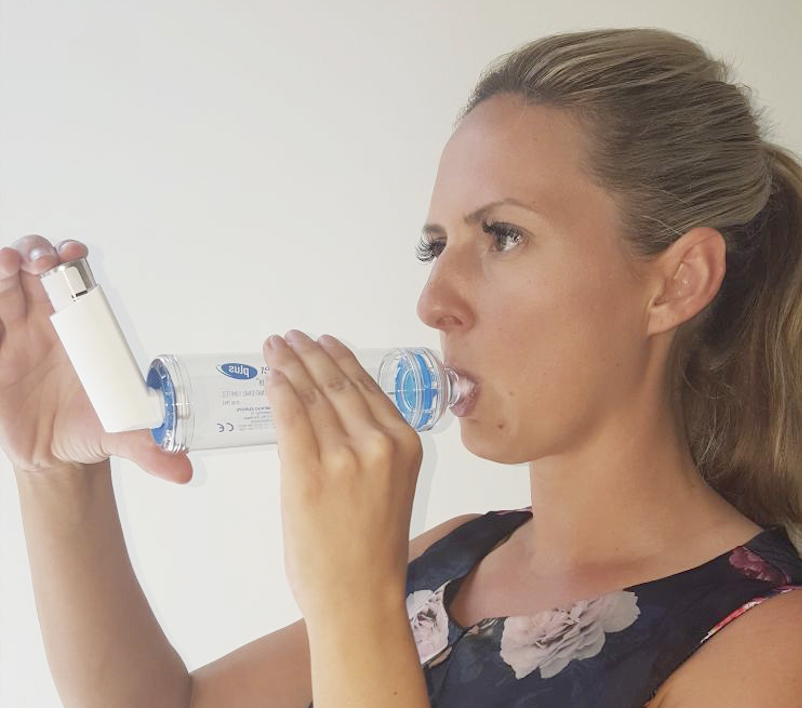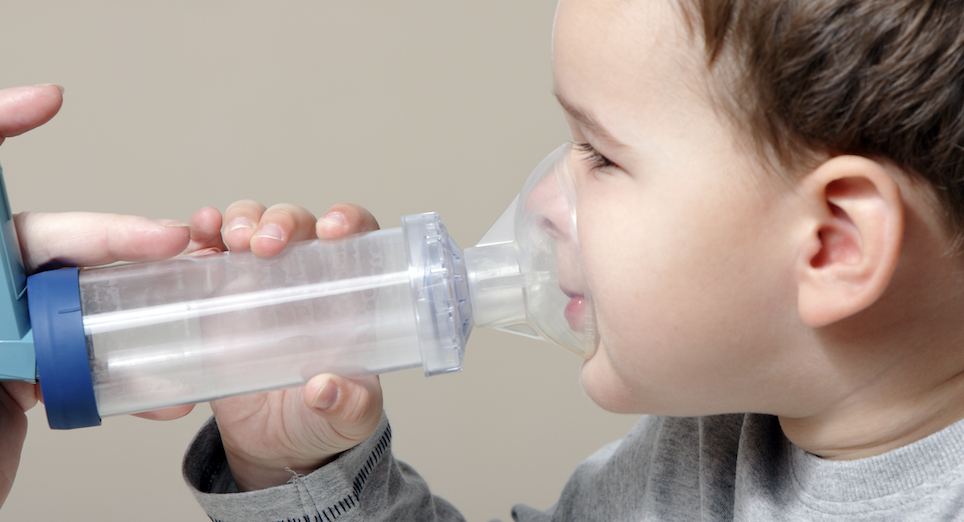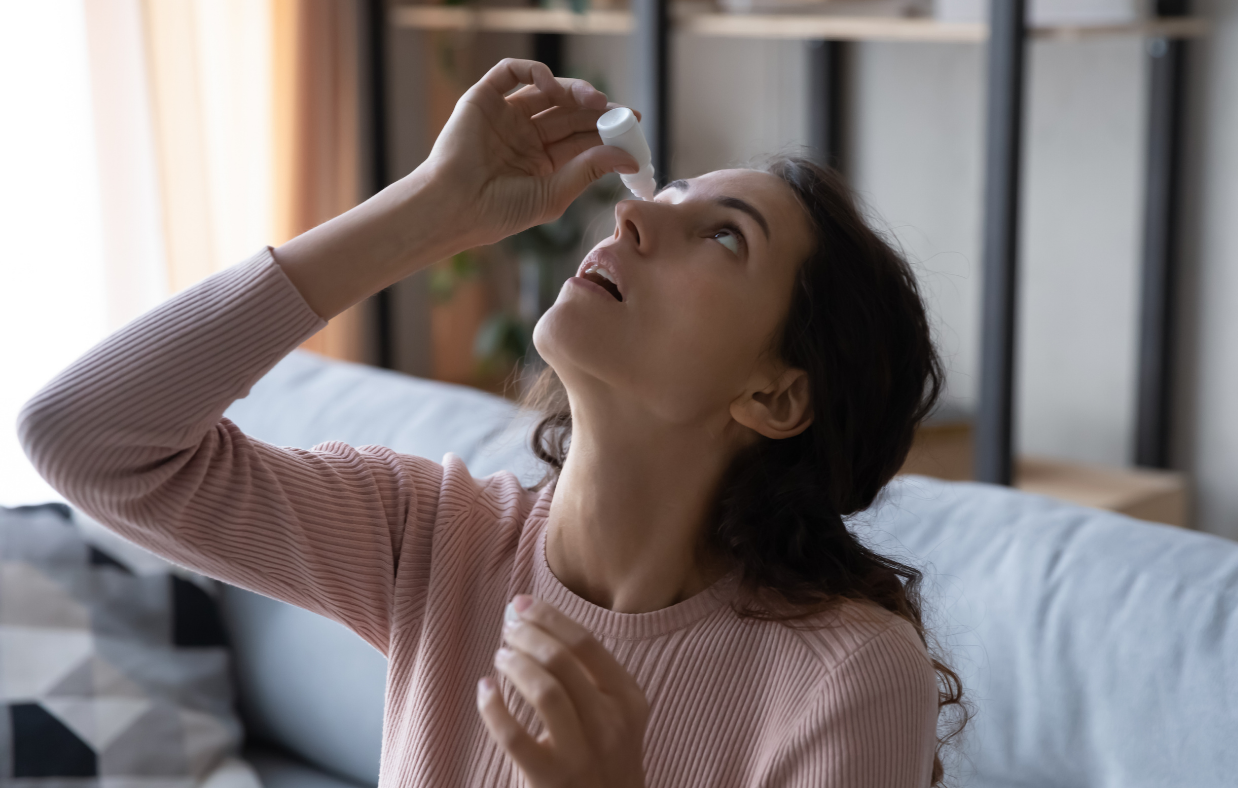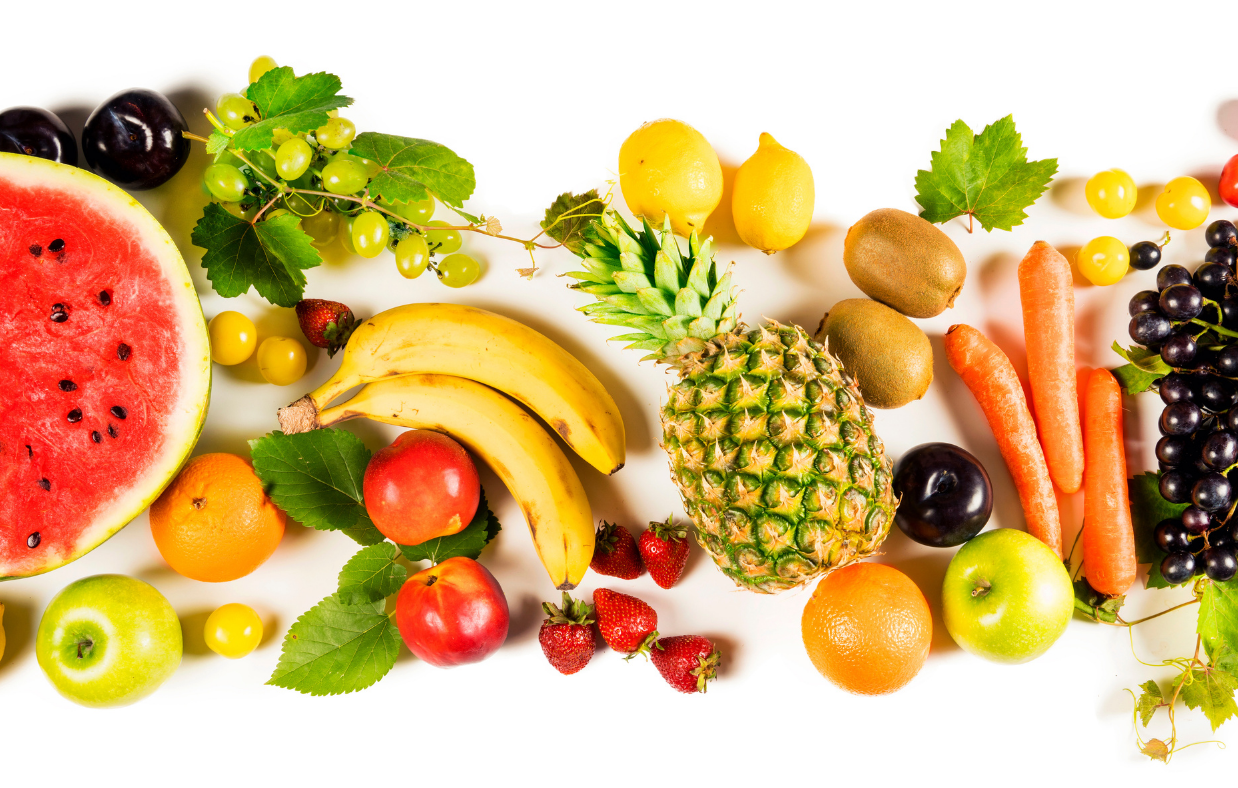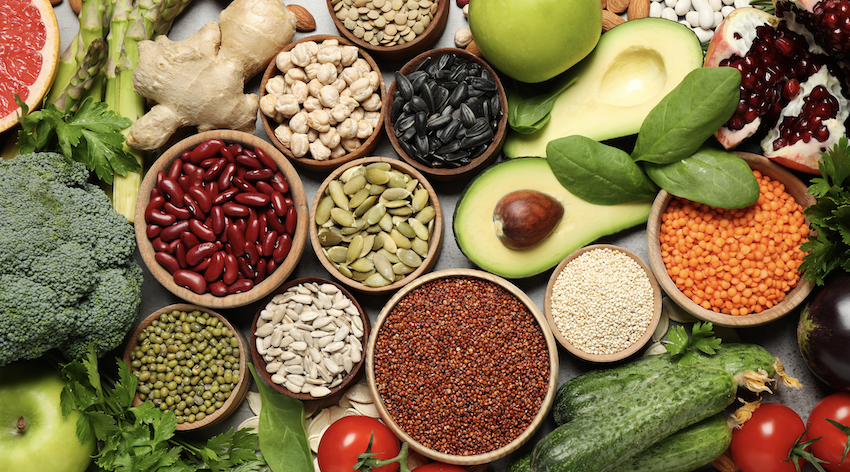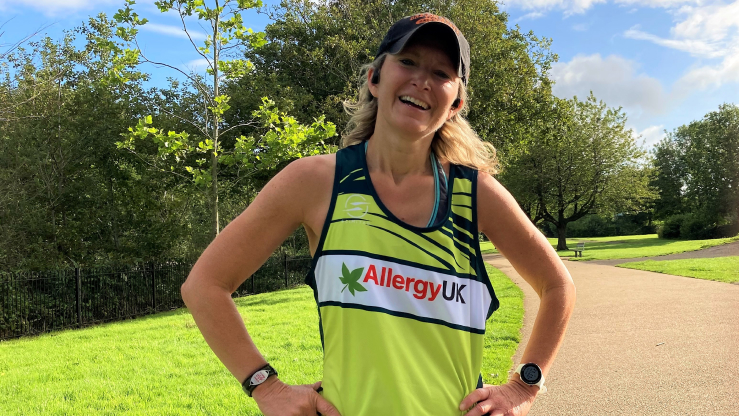The birch tree is one of several species of trees that produce pollen in spring in the UK. Other trees that flower and produce pollen in spring include the Hazel, Alder, Popular, Ash and Oak. However, the silver birch is considered to be the most allergenic of these species with an estimated 25% of the population in the UK suffering allergy related symptoms.
The weather plays a significant role in the production, distribution and dispersion of pollen. Birch pollen, for example, needs moderate to high winds. Sunlight and pollen.
The amount of daylight, or the “photoperiod”, is also crucial to pollen production because of photosynthesis. If there is a particularly cloudy spell of weather then plants and trees will produce less pollen. Tree pollen season occurs first in the pollen calendar, typically from late March to mid-May, (this is then followed by the grass pollen and then weed pollen season.)

 Helpline
Helpline